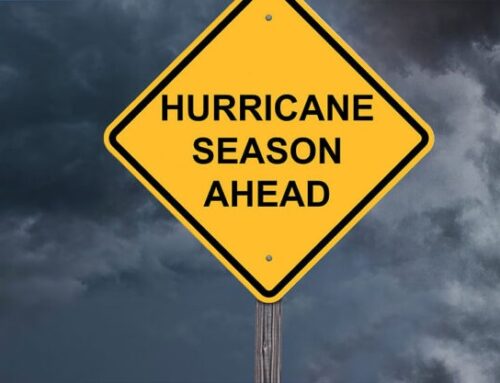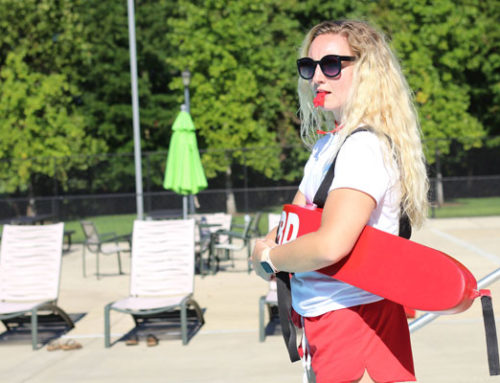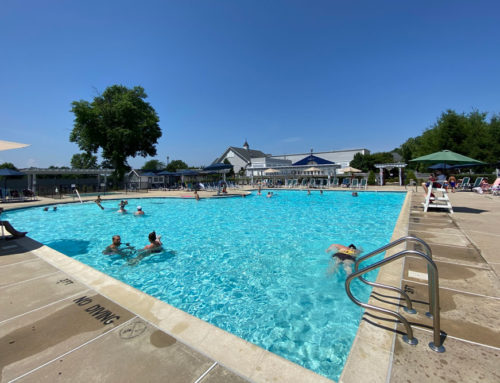
To paraphrase a certain popular television show, “Winterization is coming.” We can’t believe it’s time already, either. Due to the shortened pool season, it may feel like it’s sooner than ever to start thinking about winterizing your pool. But if you live in an area where the winters get below zero, now is the perfect time to start getting your commercial pool ready for the off-season. Here’s why you can’t afford to skip winterizing your outdoor pool this season, even if you never opened it for summer 2020.
The Worst-Case Scenario of Not Winterizing Your Pool
The question on a lot of pool operators’ minds right now is, “What if we didn’t open our pool this year?” Listen up, because this blog was written for you. Sure, you may be thinking ahead and trying to cut costs to save money on one of your community’s most precious assets. But what you don’t know is that without proper winterization, your pool may not have a bottom line at all.
Let’s say you decided not to open this year, so you cut your losses and wait for 2021 to be better. You pat yourself on the back for saving your community a few thousand dollars, then put on your winter’s cap for a long winter’s nap.
If you’re one of these people, you wouldn’t be alone. There is a world of communities who decided not to open this year for understandable reasons. But too often, those same communities didn’t invest their resources into maintaining their pool the same way that they would if they did open this year. As a result the water is contaminated, the walls are stained, and probably worse. While they stay warm and cozy this winter, their pools are left to freeze outside in the bitter cold. That’s a big problem.
What follows is a brutal series of events. Take heed:
- Since the pool wasn’t properly maintained during closure, heavy rain and snowfall causes the pool to overflow. The winterizing plugs installed last fall that keep water from backing into the pipes have now lost their seal and pool water fills the lines.
- As the overflowing pool freezes over, the untreated water in the pipes expands, causing pipes to burst.
- The pool begins to lose water under the cover and dumps into the surrounding land area.
- At this point, the pool is so empty (and the ground is so saturated) that more lines freeze over and burst.
- The surrounding ground water pressure is too much for the empty pool to handle, and the pool literally lifts out of the ground.
This rare, worst-case phenomenon is called “floating,” and it costs A LOT more than winterization to fix the massive amount of damage. In fact, it could result in a total loss as a result of owner negligence.
Another Reason You Can’t Forget to Winterize Your Pool
Depending on your community’s structure, you may think you’re saving a few dollars by choosing to cancel the 2020 pool season and skip winterizing your pool altogether. This could be a grave mistake.
As a pool owner or operator, you may have a fiduciary responsibility to treat the pool as a financial asset, and to protect it on behalf of its patrons. Another way to put it is that you have two options:
- Ignore your regular pool maintenance schedule to save a few thousand dollars, while risking thousands more dollars on almost-certain major renovations.
- Protect one of your community’s most valuable assets and continue preparing your pool for winter with regular maintenance and further winterization.
Again, if you consider the fiduciary responsibility, the first option isn’t a feasible choice. So, where do you go from here?
How to Winterize Your Commercial Pool
Getting your pool ready for winter weather is no small job, but that doesn’t mean it’s one you can afford to shirk. Here’s a step-by-step list of what you’ll need to do to get ready:
- Balance the pool water chemistry
- Clean the pool
- Drain the pool below the skimmer
- Blow out and wet vacuum all water lines
- Winterize water lines with antifreeze
- Final inspection for all pool equipment
- Add shock and other winterizing chemicals (usually found in a kit) to prevent algae and other contaminants from growing during the long inactive period
- Cover the pool with a proper winter cover
- Check gates and pool enclosure to ensure there are no gaps and the area is secure
- Establish a schedule to check the facility throughout the offseason.
That sounds like a lot of work. Blowing out the lines is especially tricky if you’ve never done it yourself; even if you have, it’s still pretty tedious. That’s why we’re here to help. Consult your pool professional about what you need to do to get your pool ready for cold weather and all the wintry peril that comes with it. Trust us, you’ll feel a lot better when you’re not reopening a floated pool in 2021!




